Among the many samples I received yesterday from Adrian is one that I’ve heard of, but never tired. It’s a baozhong from Red Blossom, and it’s supposedly never reroasted. Others have told me about this tea before, so today, I get to try it.
(Forgot to take pictures!)
The dry leaves exhibit the same characteristics of unreorasted aged oolongs that I come to expect — a touch of fruity sourness in the aroma and a sort of intense fragrance that you only really get with the aging. Ok, so far so good. I brewed it with my black pot, and the first cup was indeed very nice. It’s like my biyuzhu, or the competition tea, in that they are all teas that are probably not reroasted since production (or at most only very lightly reroasted). The taste profiles are very similar, and this is the kind of aged oolongs that I have come to like the most.
Unfortunately, this tea drops off a little faster than I would prefer. By the third or fourth cup it was starting to weaken obviously. Part of it might be that I didn’t use quite enough leaves, but I do think this is the baozhong talking – baozhongs being traditionally a little meeker than their gaoshan oolong counterpart. Another aged baozhong I have that’s probably around 15 years old does the same thing — it drops off quickly. It’s unfortunate, but there’s not much to be done there.
Still, this is a pretty nice tea and I think a fair introduction to what I like to call “dry stored” aged oolong. I think the problem with a lot of the stuff on offer through the internet is that they tend to be heavily reroasted and dubiously aged. That’s fine if the tea is truly good and the reroasting is done very well, but often I just find teas that are charcoal tasting without any obvious merit. This tea is different.

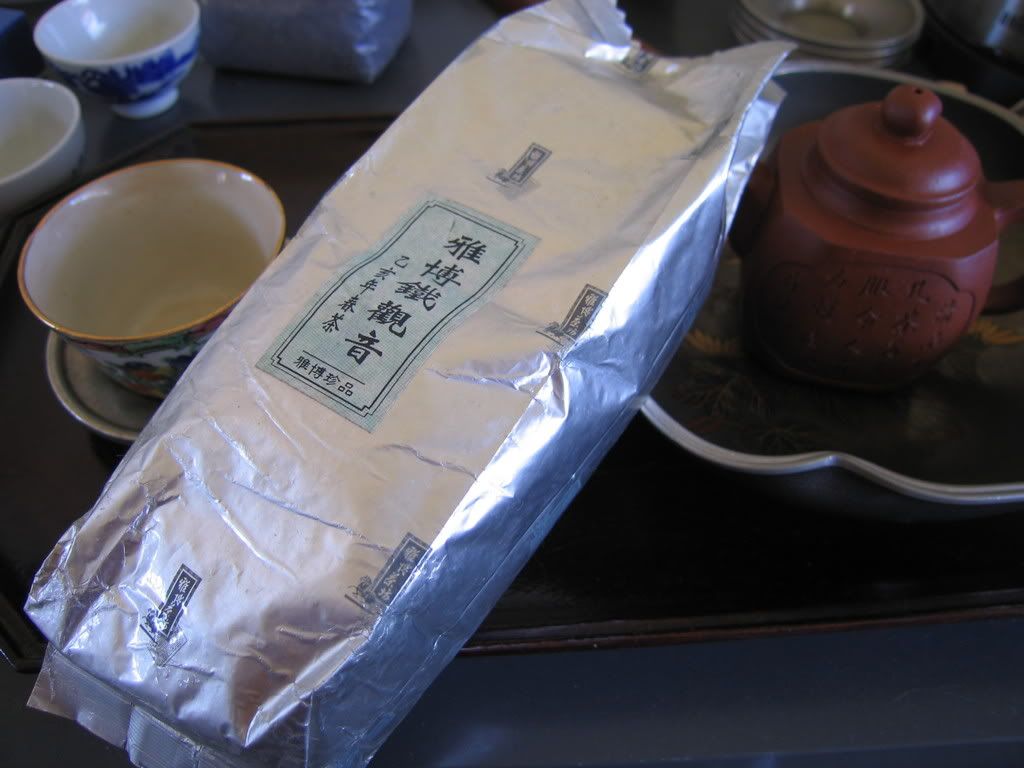
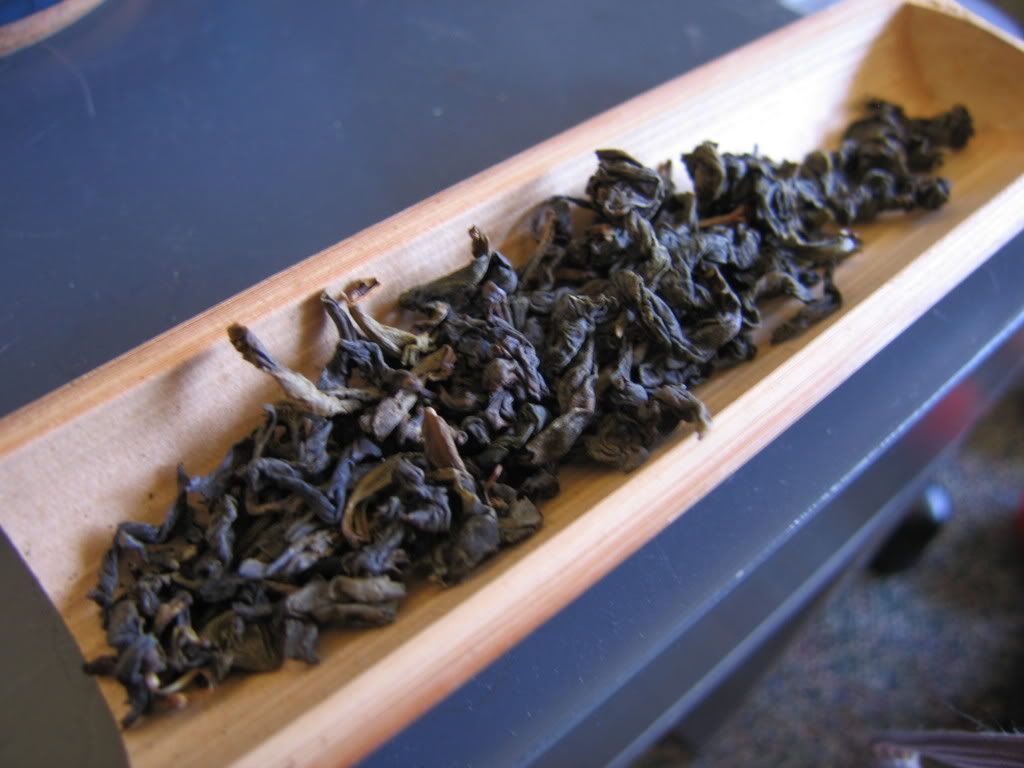
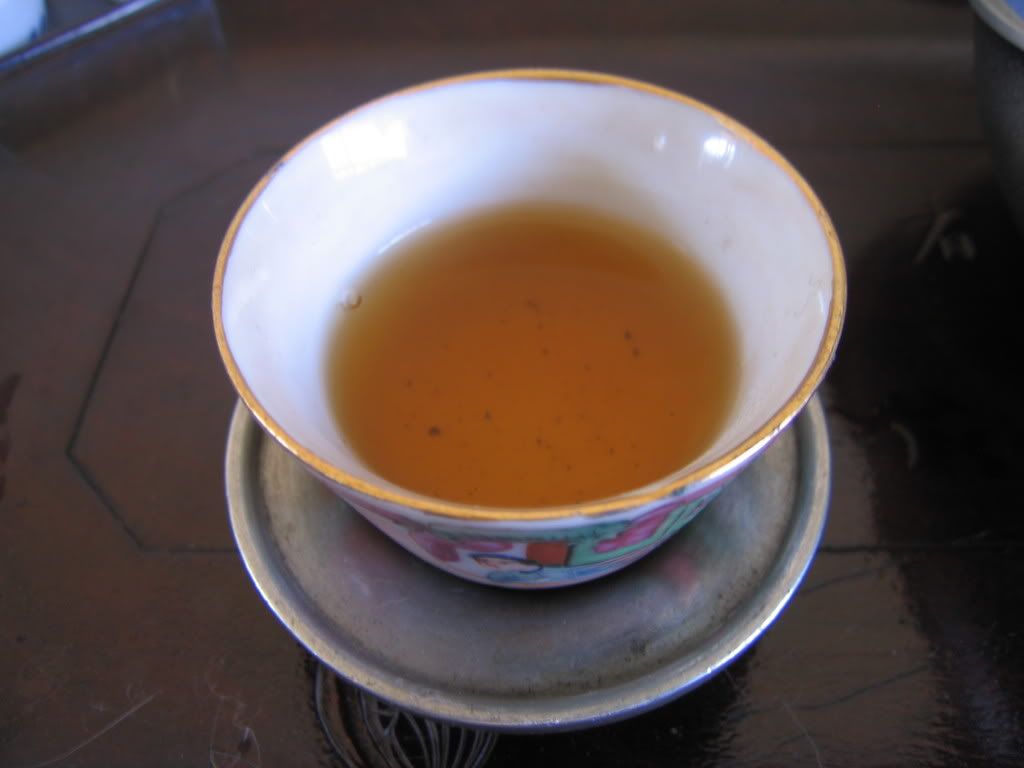
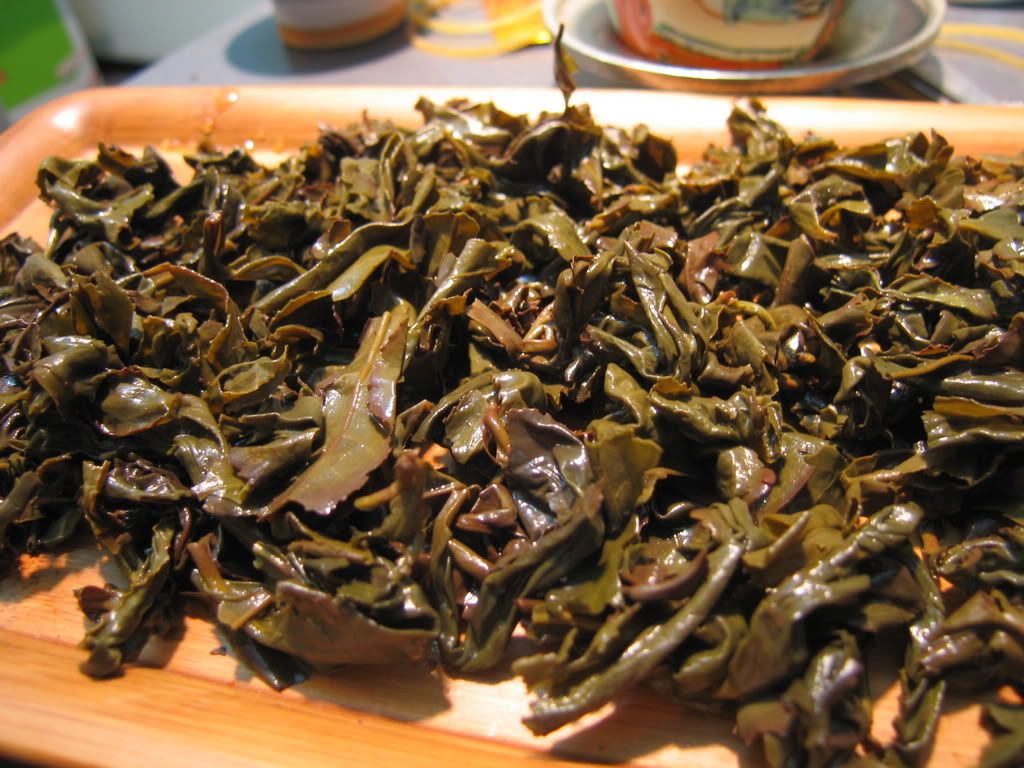
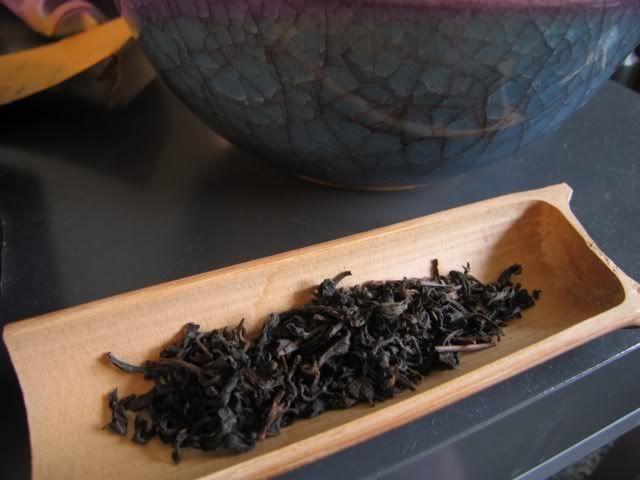
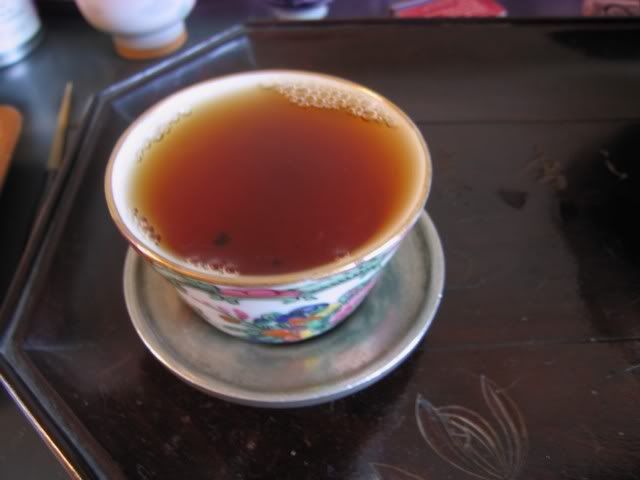

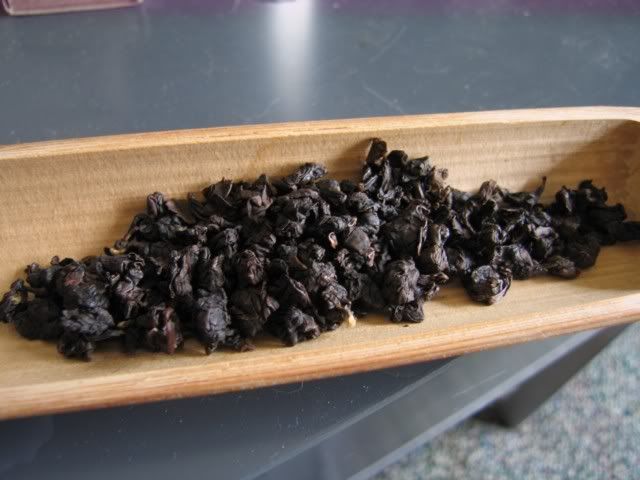
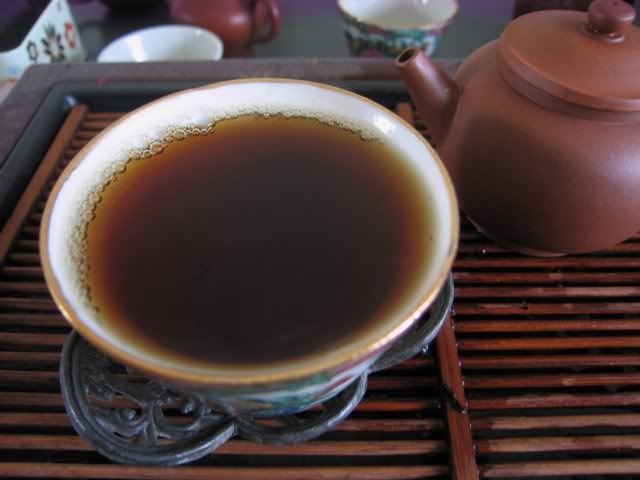
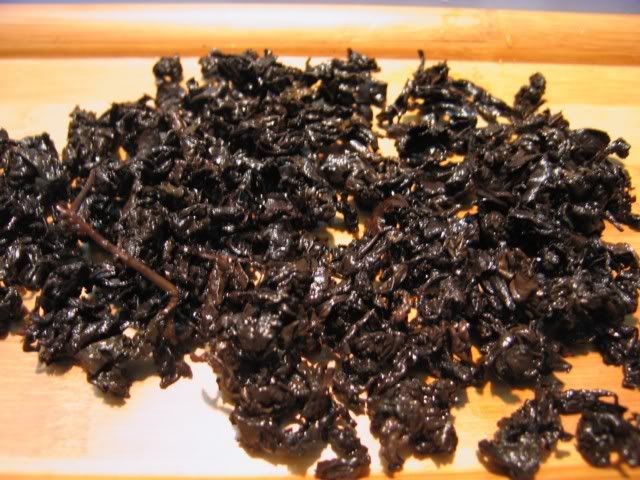



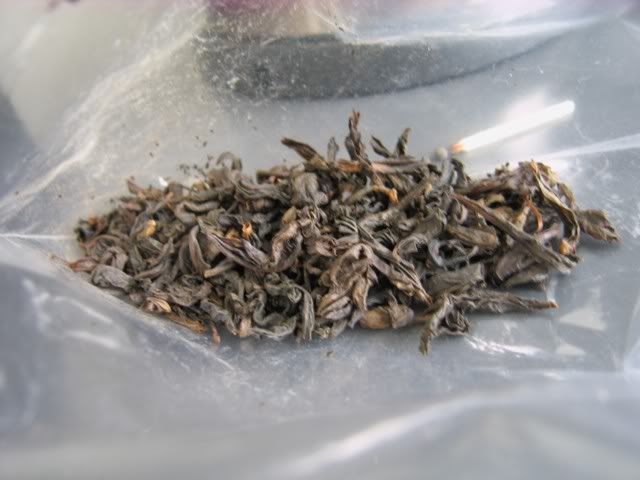
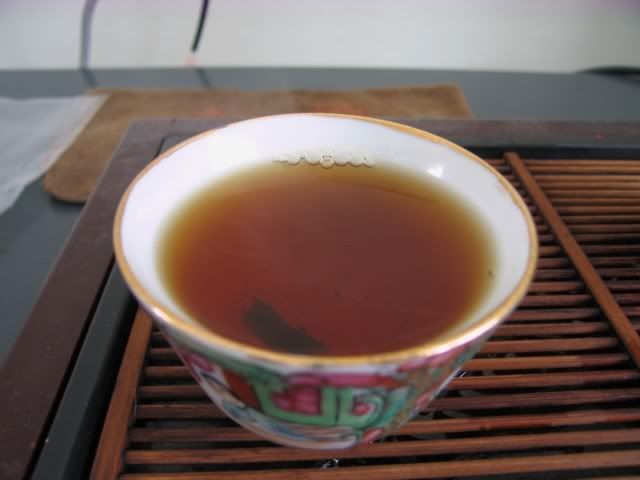
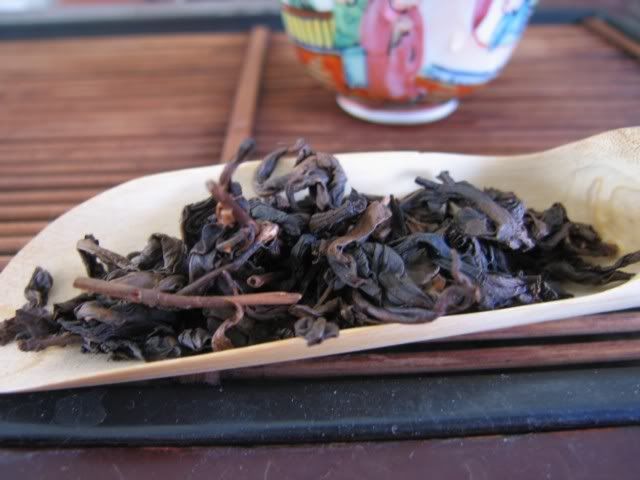
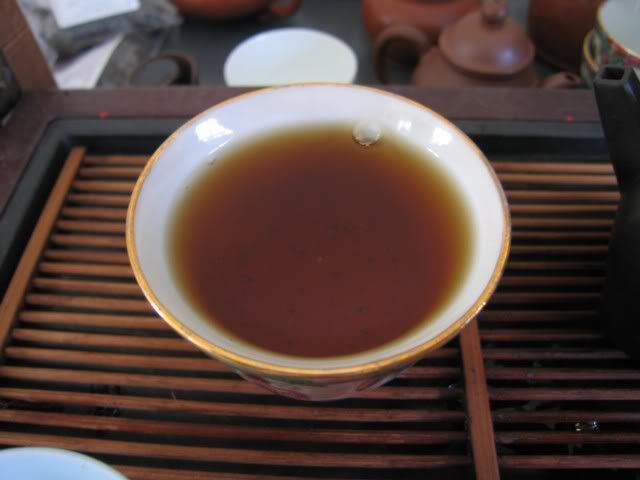
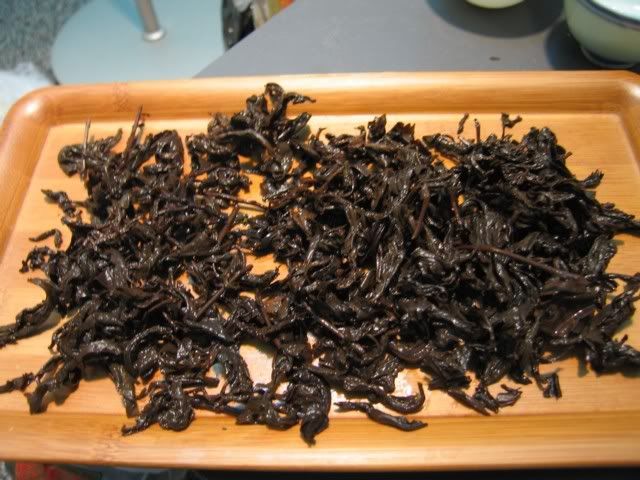
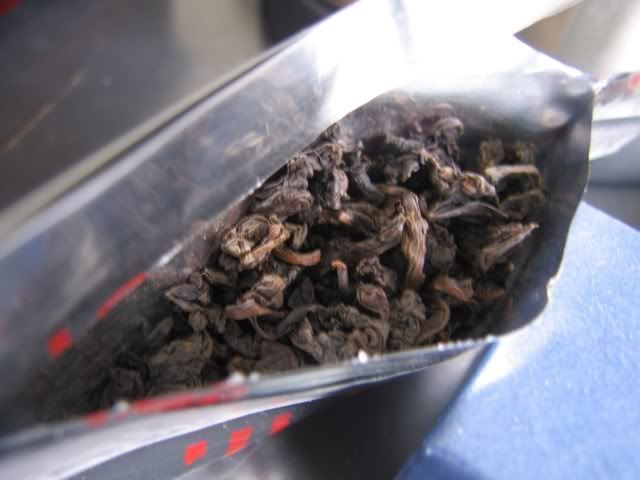
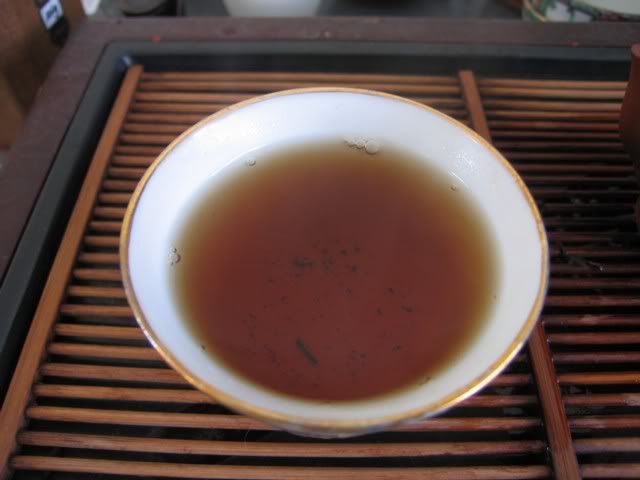
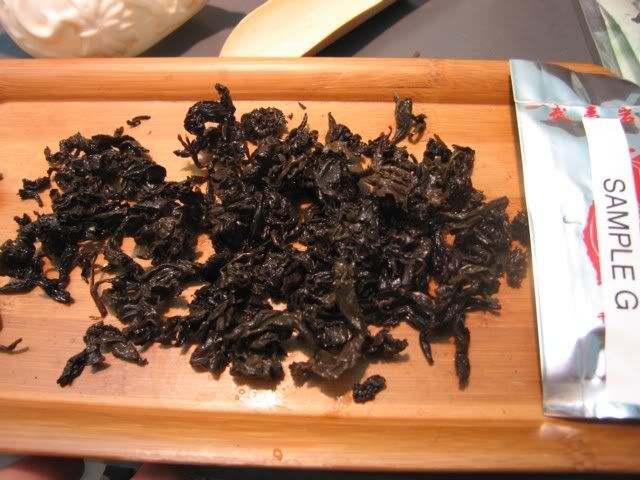
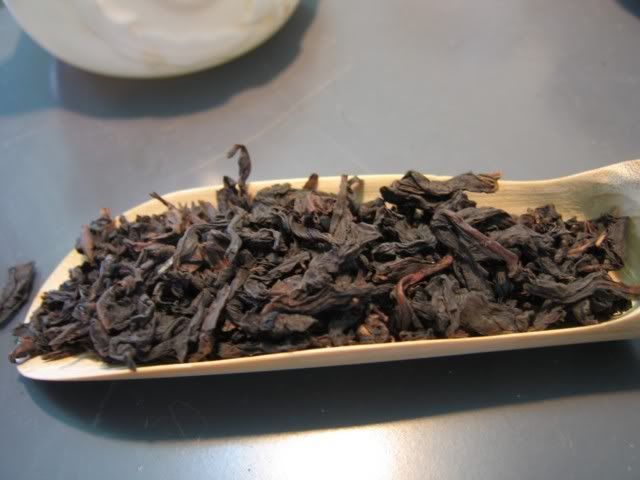
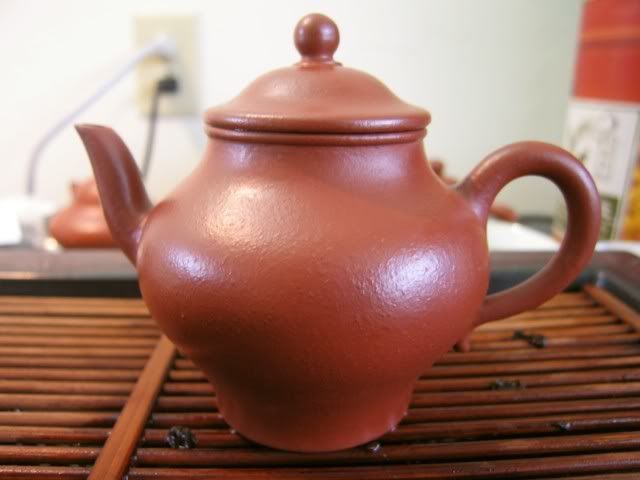
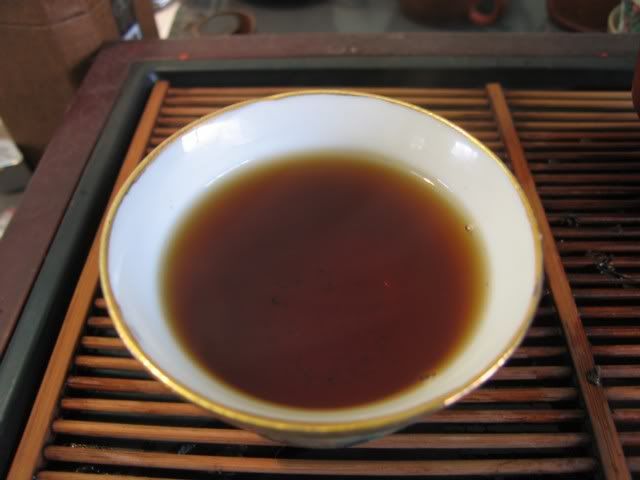
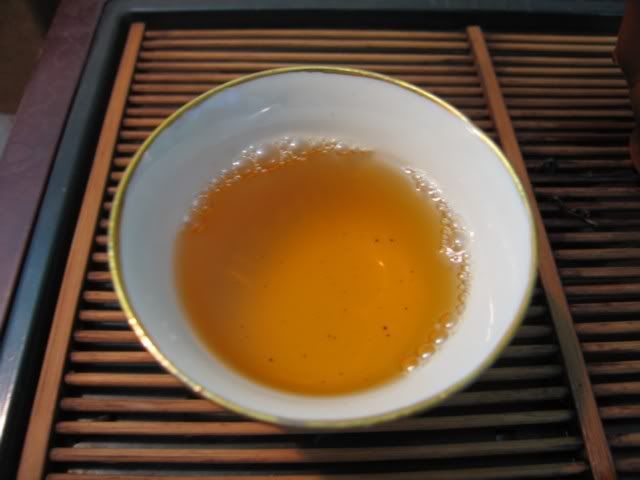
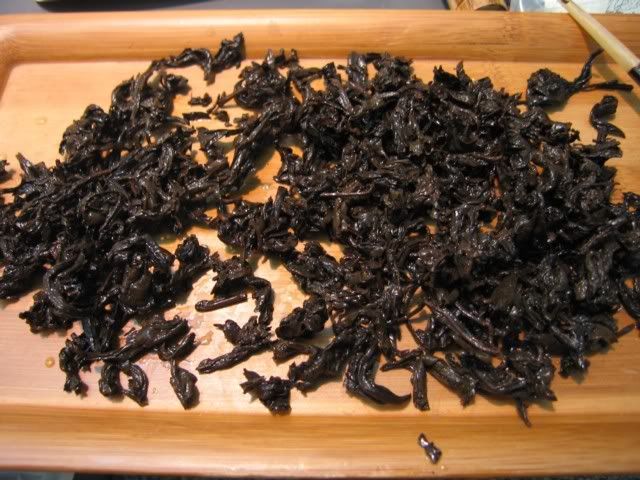
 RSS - Posts
RSS - Posts
I took you at your suggestion and have been reading some of your old post-Covid posts. I haven’t been to…